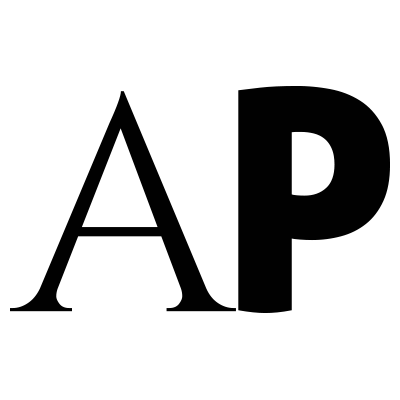We live in the age of catastrophe. Each day delivers compounding proof of an imminent global disaster. The threats are various: environmental destruction, political madness, economic inequality, and social injustice. The outcomes are identical: the end of humanity, whether crushed under the heel of a totalitarian nightmare or snuffed out by our planet’s last breath. Living in this state of impending catastrophe has deeply shaped artists and their audiences, as evinced by the popularity of dystopian YA novels and Hollywood’s obsession with immeasurable body counts and planet destroying spectacles.
Even poetry has been transformed by our age of catastrophe. A number of recent books have added a crucial twist to the traditional poetry-writing handbook: they venture to teach us how to write poetry in the end of times. Three titles in particular are mandatory additions to any poet’s bookshelf. Each explores distinct relationships between poetry and the end of the world, and, just as importantly, they all prove that poetry remains life sustaining—even as life as we know it ends.
Of the three books, Nola Wright’s Not All a Dream: The Poet’s Guide to Surviving the End of the World is the most accessible and practical, and it covers the broadest range of poetic tools. The title, a line borrowed from Lord Byron’s visionary, apocalyptic poem “Darkness,” hits directly at Wright’s goal. As she argues in her introduction, “Since our visions of the end of times are ‘not all a dream,’ then we must prepare for the worst in order to survive as poets, or even die as poets, as best we can.”
Wright accomplishes this goal by both teaching and reimagining the tools of poetry in the context of three different types of world ending scenario: “Poems at the End of Social Order,” “Poems at the Rise of a New Social Order,” and “Poems at the End of All Life.” Each of these sections proposes an impressively exhaustive and wide-ranging set of situations—from navigating a riot-ruined cityscape to assimilating during an alien colonization to witnessing the fall of a moon-sized asteroid. Wright then uses these situations to expertly teach the tools of poetry—from image to rhythm to metaphor—and to prompt us to deploy these poetic tools as tools of survival.
Wright is at her best when she demonstrates how we can use poetry, as she puts it, “to not only survive but thrive.” Standout examples abound. In “Poems at the End of Social Order,” she provides ten strategies for transforming oneself from a raving outcast into a sect leader. Like much of Wright’s strongest work, this section rewards because it prepares us for a likely end of times scenario, while also sharing lessons relevant in the present. Her translation of poetic tools into the realm of computer programming in “Poems at the Rise of a New Social Order” is indispensible for poets concerned about the machine uprising.
If there is a minor weakness in Not All a Dream, it is that Wright, in her prompts and reflections, can sometimes cross the border from stirring suggestion into limiting prescription. For example, in “Poems at the End of All Life,” in her respective sections on “Death by Exploding Sun” and “Death by Ice Age,” she unquestioningly calls for specific types of poems (short lyric for sun death and long poem for ice age), and she also makes proposals that could entangle poets in the traditions of fire and ice symbolism. In both instances, Wright should allow the form and symbols to arise from the experience, particularly given that this experience will be the poet’s last.
For Daniel Scott Tysdal’s complete review of books that explore the relationship “between poetry and the end of the world,” pick up Arc Poetry Magazine 81.
Daniel Scott Tysdal is the ReLit Award winning author of three books of poetry, most recently Fauxccasional Poems (icehouse poetry, 2015), and the poetry textbook The Writing Moment: A Practical Guide to Creating Poems (Oxford University Press, 2014). He is an Associate Professor, Teaching Stream, at the University of Toronto Scarborough.

